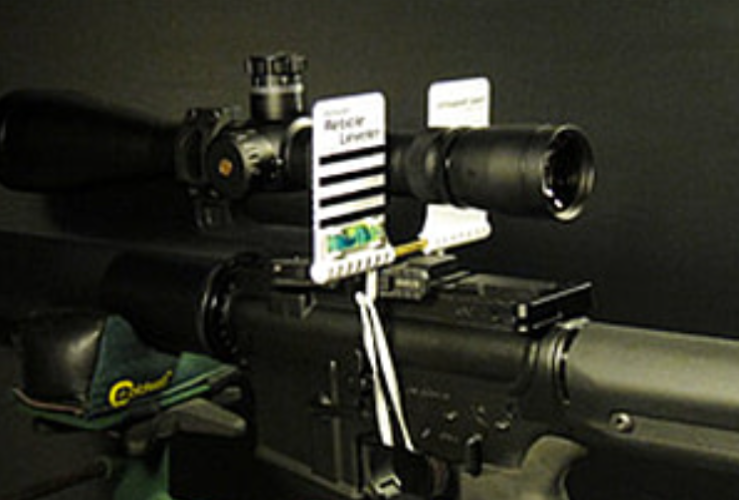AIM STR8
Member
- Joined
- Feb 6, 2021
- Messages
- 89
Follow along with the video below to see how to install our site as a web app on your home screen.
Note: This feature may not be available in some browsers.
This. It's really not hard.Just pull your head back and look if the reticle is lined up with the center of the action/bore - done.
Again, for the kids in the back - leveling the action does nothing.What reference on the action does this tool use to ensure the action is level?
It's using a flat surface on the action that is parallel with the scope base. If there are no flat parallel surface then it is prolly useless.What reference on the action does this tool use to ensure the action is level?
